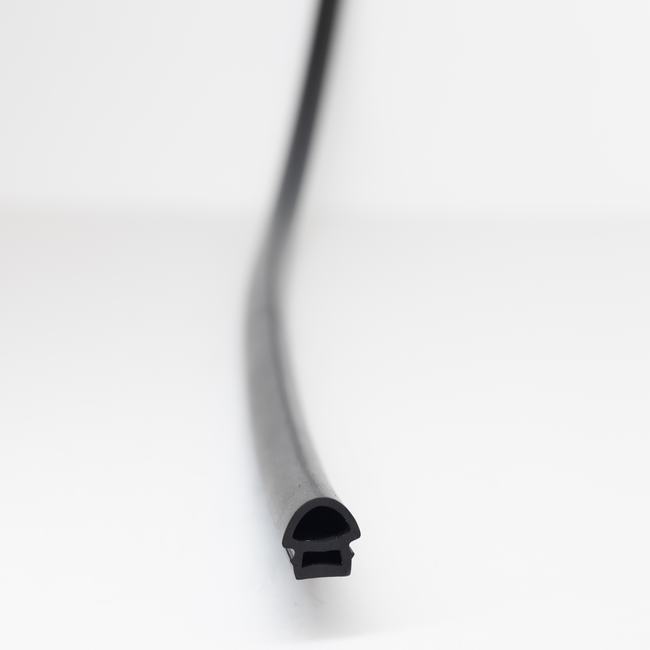Dilatation seals, often referred to as expansion joints or expansion seals, are essential components in various industries and engineering applications. These seals play a crucial role in accommodating thermal expansion, vibration, misalignment, and other forms of movement within complex mechanical systems. Their primary function is to provide flexibility and maintain the integrity of a structure or system while allowing for changes in size or position without compromising safety or performance.
Here’s a detailed description of dilatation seals, their types, applications, and importance:
Types of Dilatation Seals:
- Single Axial Expansion Joints: These seals allow movement in a single direction along the axis. They are commonly used in pipeline systems to absorb linear expansion or contraction.
- Universal Expansion Joints: Universal expansion joints offer flexibility in both axial and angular directions. They are suitable for applications where pipes or ducts may experience complex movements, such as in power plants and chemical processing facilities.
- Hinged Expansion Joints: Hinged expansion joints have a hinged or pivoting connection, allowing movement primarily in one direction while restraining angular movement. They are often used in applications where limited angular motion is expected.
- Gimbal Expansion Joints: Gimbal expansion joints are designed to allow angular movement in multiple planes. They are commonly used in applications where pipes or ducts require unrestricted angular movement, like in offshore oil platforms and aerospace systems.
- Pressure Balanced Expansion Joints: These expansion joints have a unique design that balances pressure forces to minimize the forces acting on the anchors and support points. They are suitable for high-pressure systems and critical applications.
Applications of Dilatation Seals:
Dilatation seals find application in various industries and systems, including:
- Pipelines: In the oil and gas industry, dilatation seals are used to accommodate the thermal expansion and contraction of pipelines, preventing structural damage and maintaining the integrity of the pipeline system.
- Power Plants: In power generation facilities, dilatation seals are crucial for absorbing thermal expansion and contraction in boilers, condensers, and other equipment.
- Chemical Processing: In chemical plants, expansion joints are used to handle corrosive and high-temperature fluids, ensuring the safe operation of the system.
- Aerospace: In aerospace engineering, expansion joints are used in aircraft engines to cope with the extreme temperature fluctuations and vibrations experienced during flight.
- Building Construction: Expansion joints are employed in large structures like bridges and buildings to allow for thermal expansion and contraction while preventing structural damage.
- Automotive Industry: In automobiles, expansion joints are used in exhaust systems to absorb vibrations and prevent exhaust leaks due to temperature variations.
Importance of Dilatation Seals:
- Safety: Dilatation seals help prevent catastrophic failures in industrial systems and structures by accommodating movements and stresses caused by temperature changes and other factors.
- Durability: They extend the lifespan of equipment and structures by reducing wear and tear associated with thermal expansion and contraction.
- Efficiency: By allowing for movement without causing damage or leaks, dilatation seals help maintain the efficiency of fluid transportation and containment systems.
- Cost Savings: Dilatation seals can save money by reducing maintenance costs and minimizing the need for frequent repairs or replacements.
- Environmental Protection: In applications involving hazardous materials, expansion joints can prevent leaks and spills, contributing to environmental protection.
In conclusion, dilatation seals are vital components in various industries, serving as flexible connectors that ensure the safe and efficient operation of complex systems and structures. Their ability to accommodate movement and stress while maintaining system integrity makes them indispensable in many engineering applications.

